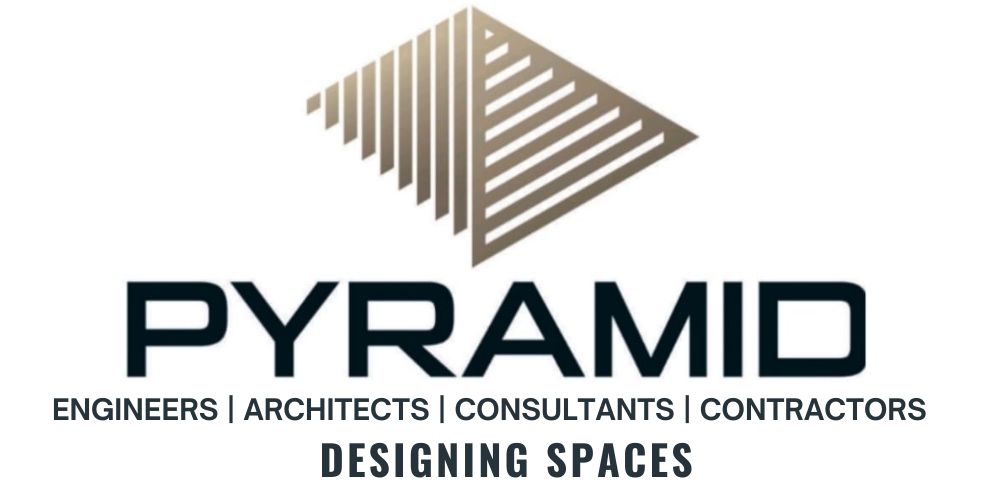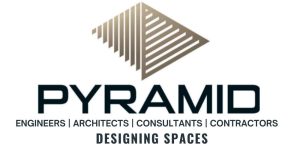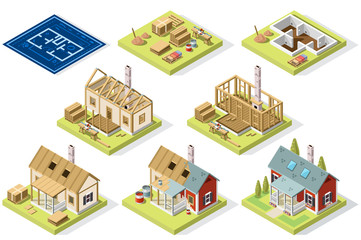- Meeting the Client: Meeting the client is the initial step in understanding their vision, needs, and expectations. This involves discussing the scope of the project, any specific requirements or preferences, and establishing a rapport to ensure a good working relationship.
- Noting Requirements: Documenting the client’s requirements comprehensively is crucial. This includes the desired functionality, aesthetics, space utilization, and any special features or materials they prefer.
- Getting Details of Plot or Existing Structure: Examining the plot or existing structure provides essential information for the project. This involves understanding its layout, dimensions, surrounding environment, and any constraints or opportunities the site presents.
- Visiting the Location for Topographic Details: A site visit helps gather topographic details such as ground levels, slopes, natural features, and utilities. This information is vital for designing in harmony with the site.
- Discussing the Budget: Understanding the client’s budget constraints is crucial. It helps align the design, materials, and scope of work with the financial parameters to ensure feasibility and avoid future conflicts.
- Plan: Creating a plan involves conceptualizing the design based on the client’s requirements and site specifics. This typically includes initial sketches, floor plans, and layouts.
- Elevation: Developing elevations is essential to visualize how the building will look from different perspectives. It includes exterior facades, showing design elements, materials, and proportions.
- Costing: Estimating costs involves determining the expenses associated with materials, labor, permits, and any other project-related expenditures. Accurate costing ensures realistic budget adherence.
- Specifications: Detailed specifications outline the materials, finishes, and construction methods to be used. This ensures clarity and consistency throughout the project.
- Payment Terms: Establishing clear payment terms and milestones helps manage expectations and ensures both parties are on the same page regarding payment schedules.
- Entering the Agreement: Creating a formal agreement that encompasses all discussed aspects, including scope, timeline, payment terms, and responsibilities, protects both the client and the architect or contractor.
- Work Starts on Site: With the agreement in place, work commences on-site, starting with necessary preparations, such as site clearing, setting up utilities, and actual construction or renovation work.
Each of these steps is integral to a successful architectural or construction project, ensuring clarity, alignment, and adherence to the client’s vision and requirements.


